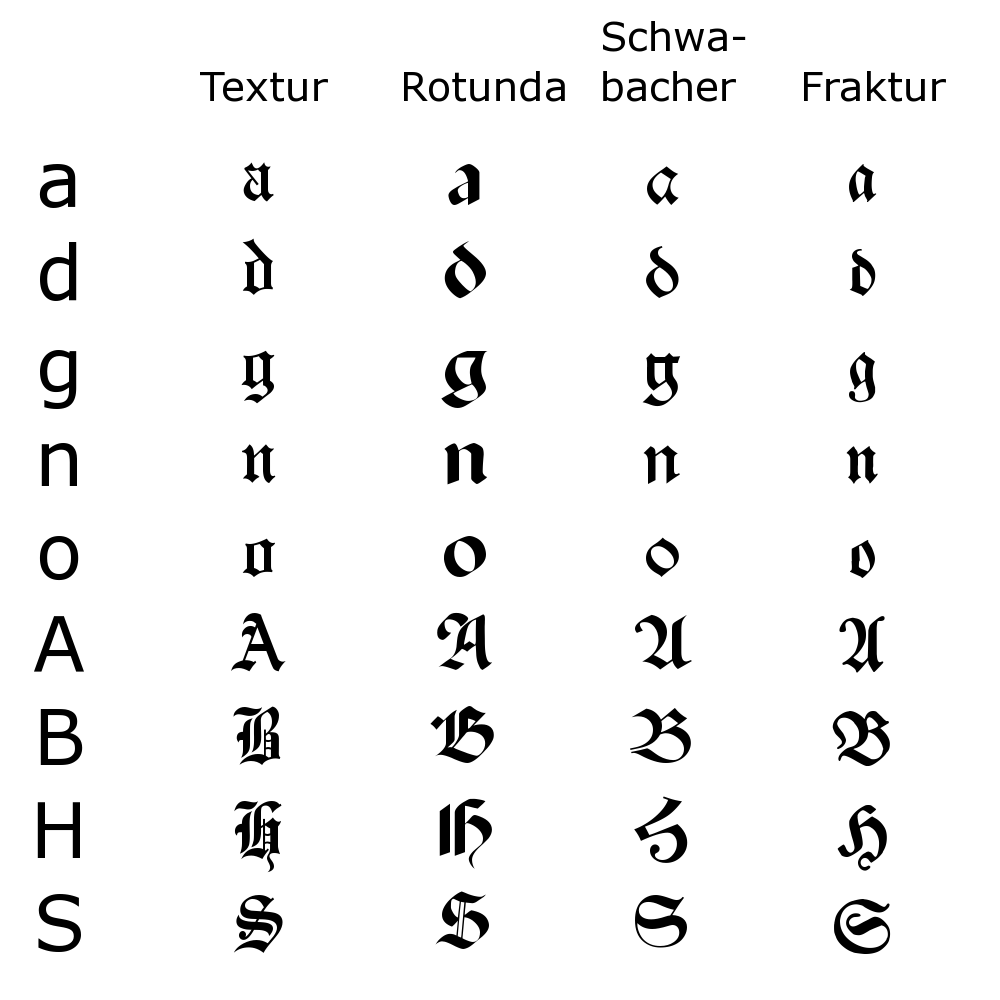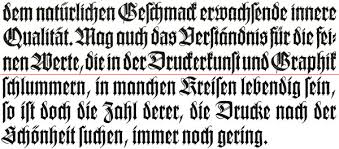I know it is not ideal to post the what-font-is-this kind of questions but I find myself intrigued by this sample I found on flickr.
What I'm most interested in is a Blackletter font that has similar clean strokes. Typical Blackletter have rather complicated serifs that are not ideal for my purposes.

I don't think it is handwritten becasue of the clean lines and perfect radii and because of the inverted angle of the "i" and "h" foots.
On the other hand I kept wondering if this were Fraktur or how the different kinds of blackletter are kept apart. Reading further I found out that fraktur is broken, interupted in english. What puzzles me a bit is that I thought all blackletters where drawn in more than one stroke. Therefore interrupting... Wouldn't they all be Fraktur in that case?
I hope this is not too basic. I have not had a formal graphic design education (currently studying Industrial Design) and am lacking some basic knowledge
Any feedback is appreciated. Thanks!




